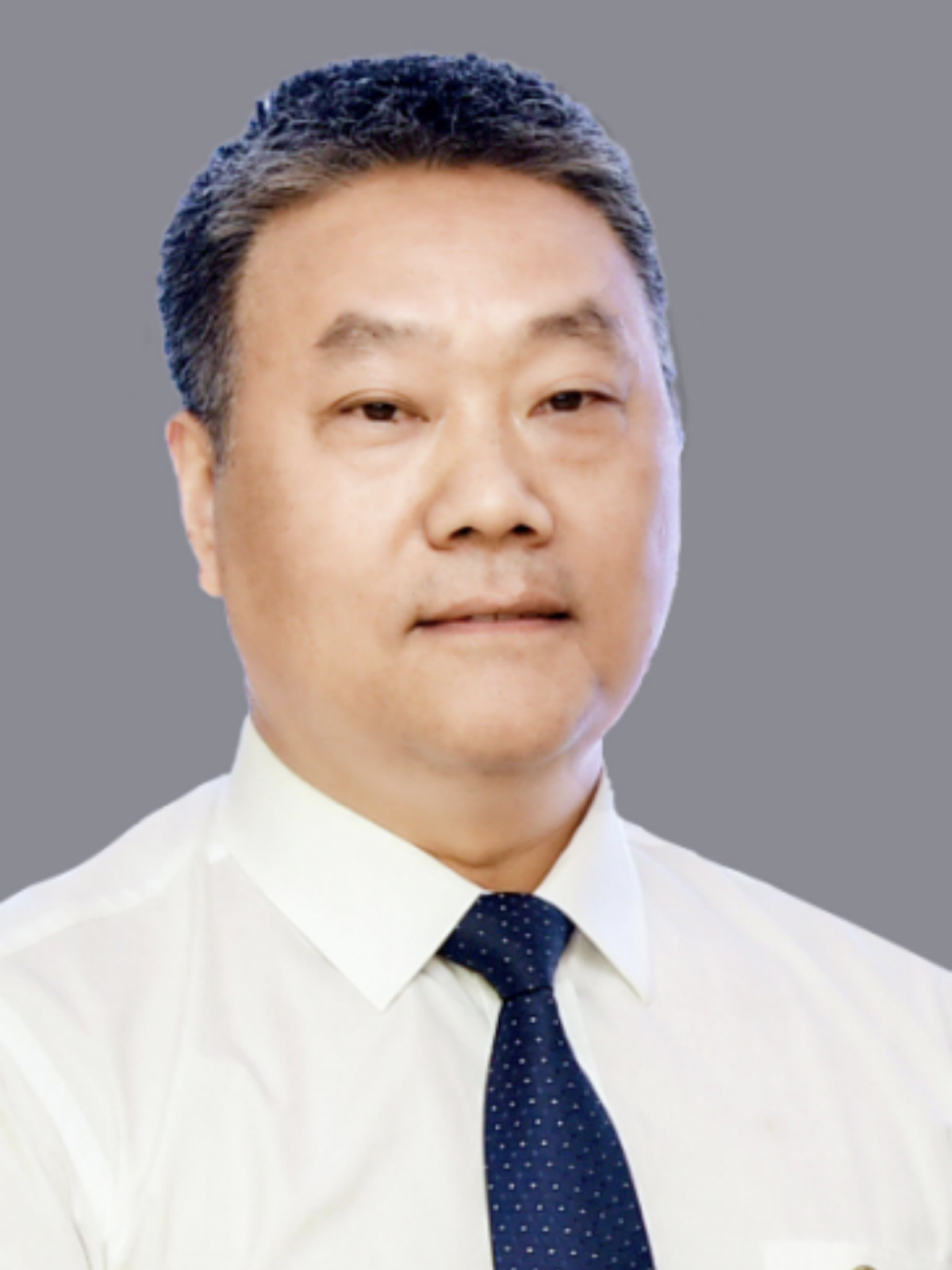ABOUT

Innovation Forum on Intelligent Computing
Computing for intelligence and computing by intelligence
This forum seeks to highlight the latest developments of new computing theory and advanced technologies that will enable new generation intelligent computing system. It approaches to use intelligent theory and method to assist computing system design, scheduling and management. This forum also seeks to promote the application of intelligent computing platform in scientific research, industry innovation and social development.
Brought by Zhejiang Lab, Science/AAAS, and Science Robotics
One-day event on November 16, 2021
Hybrid forum free for registration – webcasting and on-site
On-site venue at Zhejiang Lab, Hangzhou, China
300 limited seats, registration deadline - November 10, 2021.
























